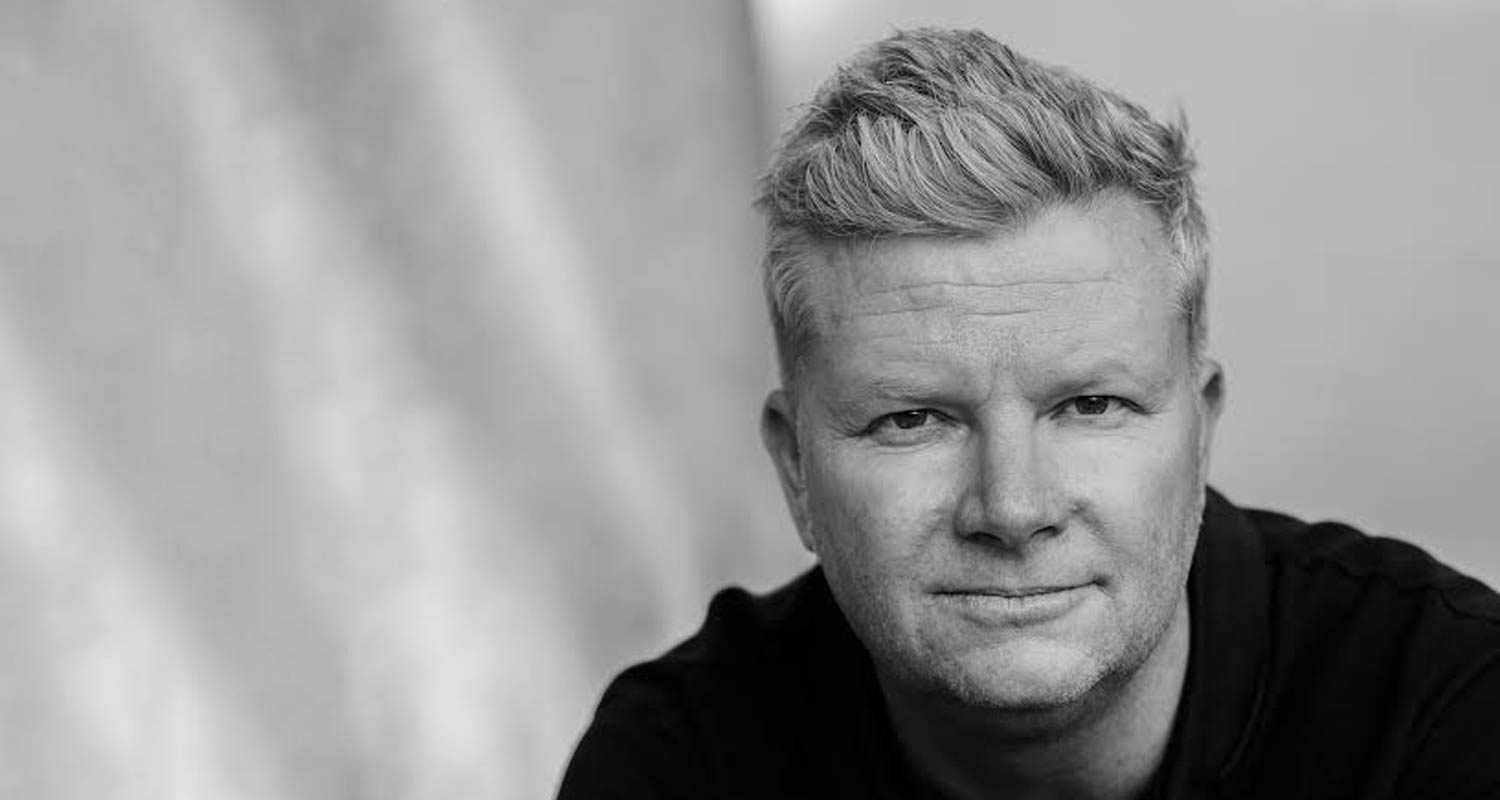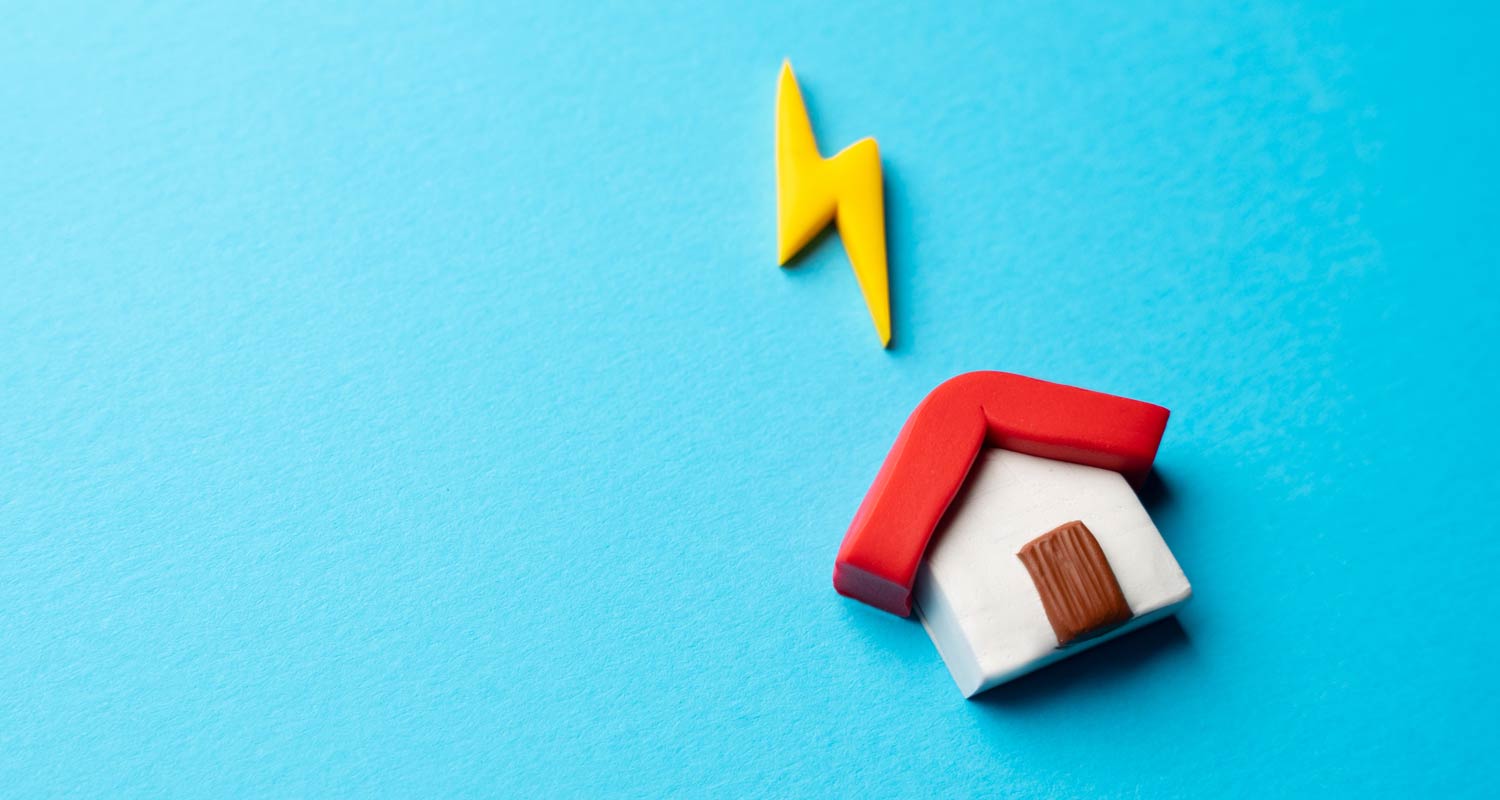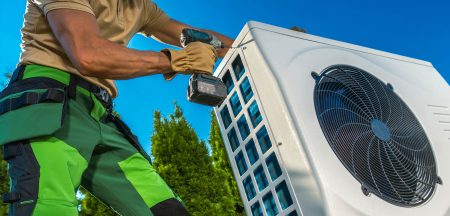
Against the backdrop of an ailing public healthcare system, it is little surprise that private medical aid schemes in South Africa continue to flourish, banking on high demand for quality medical coverage, augmented by innovative customer-focused strategies.
Discovery Health has excelled as a leading player in this field, with a business model focused on customer experience as its key to success. At the nucleus of this approach lies its mobile app, which empowers members to manage their entire medical aid plan from one small screen.
Whether it is to find a doctor or specialist nearby, submit a claim, call for emergency assistance, or engage the Discovery customer care bot for help on common challenges, the app has created convenience for members, allowing them to make informed, health-conscious choices in their daily lives.
For any other industry to thrive, adopting a best-practice learning approach is instrumental in achieving the same level of success.
Just like our country’s public healthcare system, the state of our energy and electricity supply remains dangerously hamstrung. While we have experienced a much-needed reprieve from load shedding over the past two months, there is little confidence that this will hold, based on our experience. It bolsters the argument for short-, medium- and long-term solutions to finally be free of rolling blackouts.
Although government has a significant role to play in dealing with the medium- and long-term solutions that will have to include continued maintenance of power stations and investment in new energy generation, the short-term solutions simply cannot be just more load shedding.
Price hikes
The general cost of living is further compounded by the energy crisis, with Eskom needing more funding for maintenance and repairs. As a result, Eskom has resorted to increasing the price of electricity. Just last year, the cost of a unit of electricity from Eskom went up by 18.65% nationally, and this year by 12.74%. While this latest increase has been in effect since the beginning of April (the start of Eskom’s financial year), this will only be felt by the majority of South Africans from July (the start of the municipal financial year), as many are connected to the electricity grid through their municipality, which purchases directly from Eskom.
This fortifies the need for us to embrace our own short-term solutions to counteract snowballing electricity costs.
By the time load shedding was first introduced in 2008, Eskom had already embarked on a demand-side management (DSM) programme in response to the changing energy landscape, exploring ways in which energy could be saved on the customer side. When the programme was first introduced in 2004 as a small-scale awareness creation initiative, it quickly evolved into an intensive drive to manage energy consumption during periods of energy shortfall after load shedding became a reality.
In 2010, this initiative was rebranded as the integrated demand management (IDM) programme to coordinate all DSM interventions and included extensive mass roll-out for specific technologies such as fluorescent lightbulbs, LED downlights, geyser blankets, showerheads and timers. Daily “power alerts” across broadcast and online media notified consumers when to switch off energy-consuming appliances during peak hours, and partnerships with high-consumer industries to lessen their consumption during peak times were pursued.
 By March 2014, Eskom had replaced more than 60 million incandescent light bulbs with energy-efficient lamps. This intervention alone saved 2.4GW of electricity, the equivalent of two stages of loadshedding. At the same time, 382 542 solar geysers had also been installed through the IDM’s rebate model.
By March 2014, Eskom had replaced more than 60 million incandescent light bulbs with energy-efficient lamps. This intervention alone saved 2.4GW of electricity, the equivalent of two stages of loadshedding. At the same time, 382 542 solar geysers had also been installed through the IDM’s rebate model.
While there is debate on the full impact of the various DSM interventions by Eskom, they nonetheless played a significant part in suspending load shedding between mid-2008 and late 2014. Unfortunately, rolling blackouts returned due to poor proactive maintenance and slow progress on new generation builds during these years.
Nonetheless, much like a mobile app to manage our medical aid plan and make better health choices, smart tech energy management apps can be exceptionally effective in maximising electricity efficiency by making energy-conscious decisions, decreasing the pressure on our bank accounts, and contributing to the country’s overall effort to combat load shedding by changing our energy-usage behaviour and managing our own demand.
Solutions
With geysers accounting for up to 45% of total household electricity consumption, such an app can allow homeowners to monitor and manage their energy usage through a centralised dashboard, providing live data on the consumption of various high-energy appliances: geysers, plugs, lights and pool pumps. As South Africa continues to navigate an energy crisis and the likely post-election return of load shedding, embracing innovative solutions is crucial.
- The author, Mark Allewell, is CEO at Sensor Networks
- The views of columnists published on TechCentral are their own and do not necessarily reflect the publication’s views




